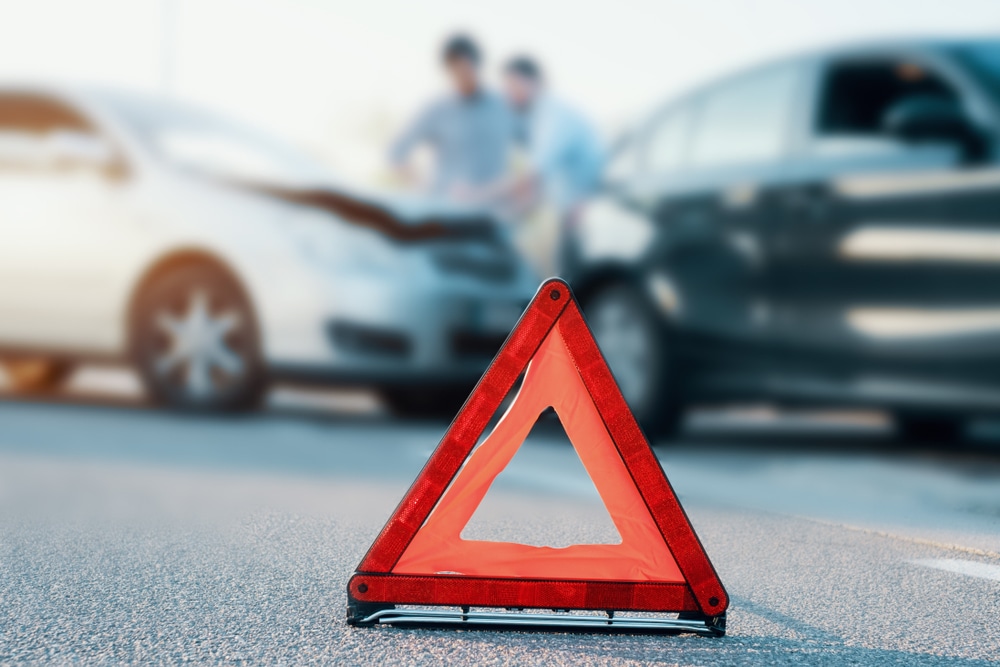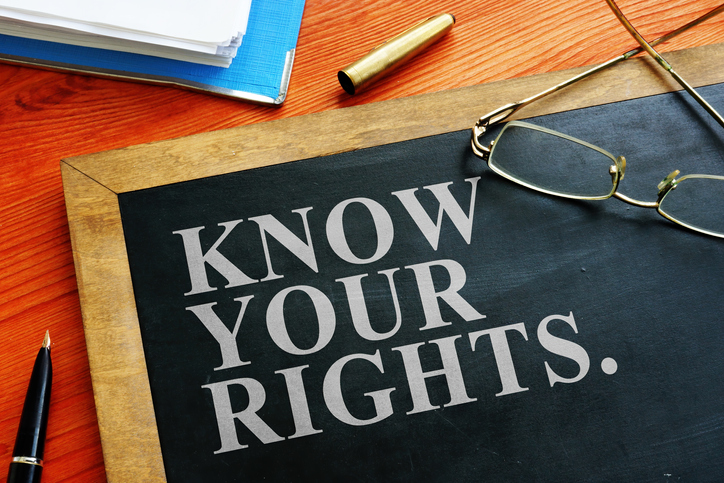Getting into a car accident in Ohio is not that different from a car accident anywhere else. In fact, most people respond to being in an accident in Ohio in much the same way as they would in California, Texas, or Connecticut. It’s what you do after the accident that may make a big difference and a bigger impact on your life than you expected.
Suing After a Car Accident
Not everyone sues after a car accident. However, in instances where you have been severely injured, or new injuries appear several months later you may want to sue. In the state of Ohio, can you sue if you change your mind after the fact? Are you able to file a claim despite the fact that you didn’t do within a month or two after the accident? Would a judge even allow the case to be heard at that point?
Undoubtedly, many of these questions spring to your mind. You may have other questions that only pertain to your accident too. Plymale and Dingus in Columbus, OH can answer a lot of these questions.
Statute of Limitations
This thing called “statute of limitations” is a legal phrase that means to restrict would-be claimants from filing years after the incident occurred. Depending on the supposed crime, you only have “x” number of months or years to file a lawsuit. In Ohio, the statute of limitations on car accidents is two years. That is actually a pretty generous amount of time to file a claim against the other driver. When you take into consideration that many internal injuries are not immediately discoverable or discovered, it’s a good amount of time to file.
If you did not go to a hospital to be examined after your accident, you will need some sort of medical record that shows injury and attests to injury being tied to a car accident. A car accident attorney can’t defend you if there’s not enough substantial evidence to show that you were (unwittingly) injured and did not seek medical help. If you were injured but simply refused care until you felt or noticed something was really wrong, gather the medical documentation before you file.
Hearing Your Case in Court
Unlike all the dramatic legal TV shows you could rattle off, many cases are actually settled outside of court. Car accident lawyers frequently settle cases without going before a judge. If you are concerned that a judge would not be willing to hear an almost two-year-old lawsuit about injuries in a car accident, don’t be. Most judges don’t hear these cases because they rarely get that far. Lawyers settle the cases, have everyone sign the paperwork, and collect the settlement checks.
It’s only when the case might present a questionable doubt or the other driver involved refuses to settle that a case might go to court. If your case does go to court, judges know what’s on their docket months in advance and they know about the two-year statute. You would be fine either way.
Evidence You Will Need
Besides presenting with injuries that can be tied back to the car accident, you will need documentation of missed work hours, how the injuries prevent you from working your current or previous job, any potential therapies or rehab you have to go through, and if applicable, the documentation for mental and psychological harm. If any of these don’t apply to you, then just gather what you can.
What You Can Reasonably Expect
Ohio law allows you to recoup lost wages, payment for medical bills and related medical expenses, and pain and suffering. If you do not file soon after the accident, pain and suffering may not be entertained during mediation or the court hearing. If the case never goes to court, it may be resolved within a few months after filing. If it goes to court, it might take a couple of years depending on how long the wait is to get your case on the docket.
Nobody really becomes insanely wealthy from a car accident case unless the situation was particularly extreme and there was a loss of life, loss of limbs, or loss of eyesight. Yet Plymale & Dingus has managed to get its clients over $70 million in the years that the firm has been open. What you get will be fair and reasonable for the extent of your injuries and losses.
Contact Plymale & Dingus in Columbus, OH
Contact Plymale & Dingus in Columbus, OH regarding your car accident case. Make sure it has been less than two years since your crash before scheduling a consultation. Any cases that are older than two years have surpassed the statute of limitations and cannot be tried or mediated for compensation. Plymale & Dingus are awaiting your call.






